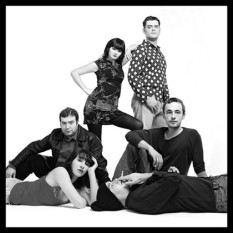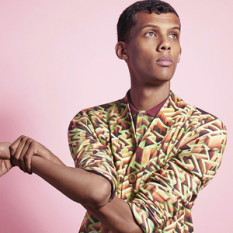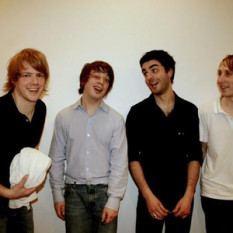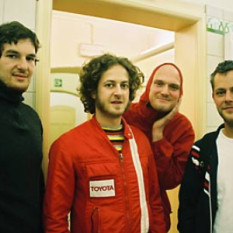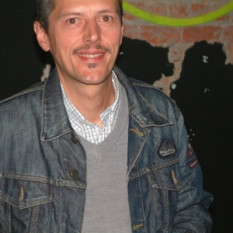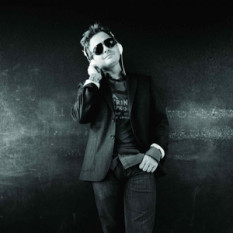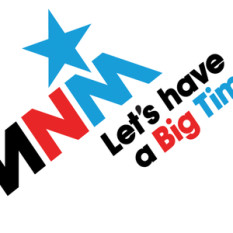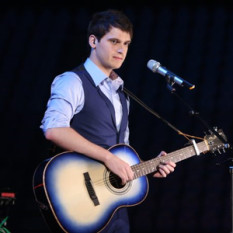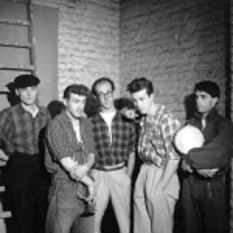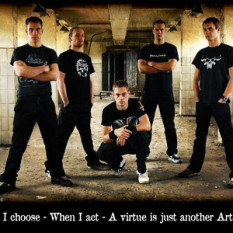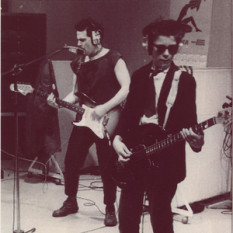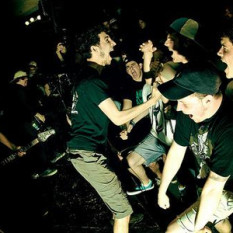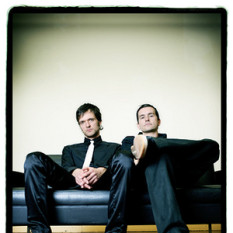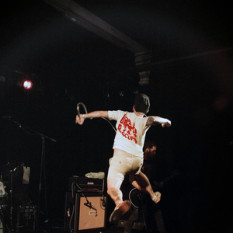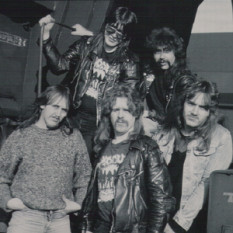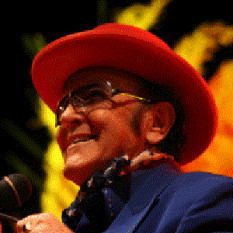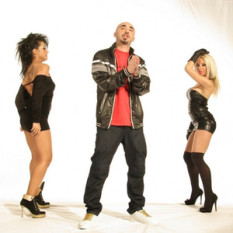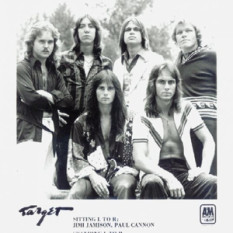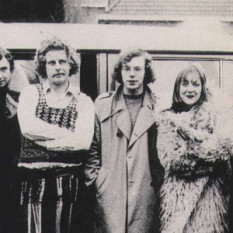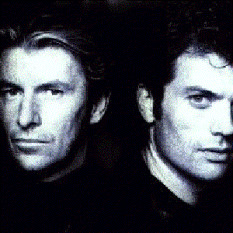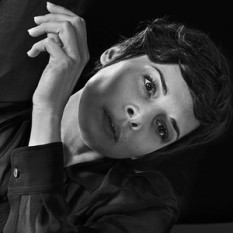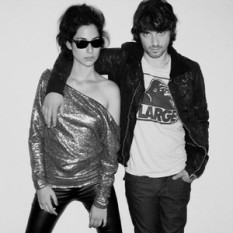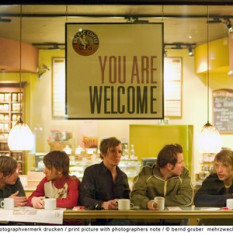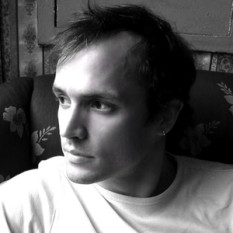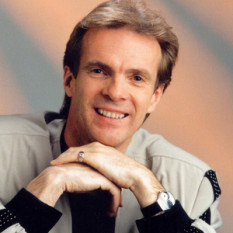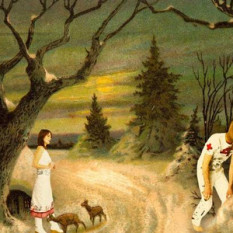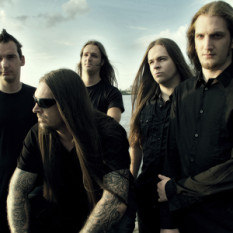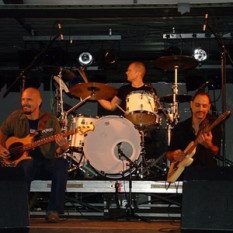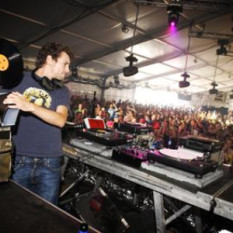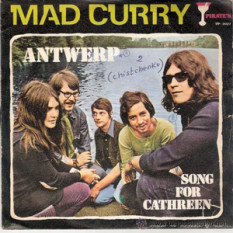Belgian music is music made by artists from Belgium.
Belgium is a cultural crossroads where Flemish Dutch-speaking and Walloon French-speaking inhabitants mix with German minorities and immigrant communities from Republic of the Congo and other distant countries.
Classical music
During the centuries Belgium produced several notable names in the field of classical music. In the 15th and 16th century composers like Guillaume Dufay, Orlando di Lasso, Josquin des Prez reached European acclaim. André Ernest Modeste Grétry was the most famous composer- born in what is now called Belgium- of the 18th century. The 19th century supplied composers like Henri Vieuxtemps, César Franck, Guillaume Lekeu and Eugène Ysaÿe. The famous German composer Ludwig van Beethoven was of Flemish descent and his grandfather (who was born in Mechelen). At the end of the 20th century the most notable Belgian composer was Wim Mertens.
In the field of opera, baritons Jules Bastin and José van Dam have become the most famous and internationally successful Belgian opera singers. In the lighter classical genre Flemish singer Helmut Lotti reached huge international success with his interpretations of popular opera songs for large audiences.
Blues and Jazz
One of the most famous jazz instruments, the saxophone, was invented by a Belgian: Adolphe Sax.
Some known Belgian blues artists are Elmore D (who sings in English and Walloon dialect), the Flemish Roland van Campenhout (also known as Roland) and the Brussels band Tomahawk Blues Band.
In the 1930s, the Belgian gypsy guitarist Django Reinhardt became one of the first important jazz musicians to be born in Europe, and one of the most important jazz guitarists of all time. In 1949 Toots Thielemans joined a jam session in Paris with Sidney Bechet, Charlie Parker, Miles Davis, Max Roach and others. He moved to the US in 1952 where he was a member of Charlie Parker's All-Stars. Toots Thielemans is often credited by jazz aficionados and jazz critics of being the greatest jazz mouth hamonica player of the century. His music has been used in films like Midnight Cowboy and Turkish Delight, and television series such as Sesame Street and Baantjer. Other wellknown Belgian artists are Aka Moon, Bobby Jaspar, Bert Joris, Philip Catherine, Steve Houben, Octurn and René Thomas
Folk and other traditional music
Bobbejaan Schoepen has been a pioneer in Belgian vaudeville and popmusic since the late 1940s. Not only was he the first Belgian singer to manage an international breakthrough, he was also the first to use modern equipment, a personal tourbus and a system of artist sponsoring. He also introduced the first country & western recordings in the Low Countries and Germany. In the 1950s Bobbejaan Schoepen recorded his own absolutely crazy folk music often singing in the dialect of his native Brussels. He is also a virtuoso whistler.
During the 1950s and following decades the most popular, enduring, commercial and critical successful Flemish singer was Will Tura, whose most well known hit in Flanders is "Ik ben zo eenzaam zonder jou" (1963) ("I'm so lonely without you").
The most popular and enduring artists in Flanders and the Netherlands who sing in either their Flemish dialect or standard Dutch are Eddy Wally, Raymond van het Groenewoud, De Kreuners, Clouseau, Gorki (band), Noordkaap and de Fixkes.
Walloon folk music has not had as vibrant a revival as Flemish, but artists like Coïncidence, Remy Dubois, Luc Pilartz, Rue du Village and Claude Flagel have kept the folk traditions alive.
Chanson
The greatest Belgian chansonnier was Jacques Brel, whose classic songs have been covered by several international artists such as David Bowie, Frank Sinatra, Scott Walker and Terry Jacks. Others like Salvatore Adamo, Pierre Rapsat, Arno, Maurane, Axelle Red and Lara Fabian have also enjoyed some success in other French-speaking countries.
Pop, Rock and indie rock
In 1959 the Belgian singer of Italian descent Rocco Granata scored a big European hit with "Marina". The singing nun Soeur Sourire had an international number one hit in 1963 with Dominique (song). When folk and hippie culture finally hit a chord around the world the groups The Pebbles ("Seven Horses in the Sky", "I Get Around") and The Wallace Collection ("Daydream") have considerable success in other countries. Due to a lack of real professional management these few pop groups fail to build out a durable international career, a trend which continues during the 1970s when the most successful artists sing in their native tongue. The only real new international successful artist is Plastic Bertrand. (See "Punk" below).
Real international success for Belgian acts begins in 1980 with the rock group TC Matic They are quite popular in the rest of Europe with numbers like "Oh la la la" and "Putain Putain". Lead singer Arno later started his own successful solo career. Many groups and artists have considerable success in other countries, but they usually don't reach much further than West Europe. Notable exceptions are Maurane, Jo Lemaire, Soulsister ("The Way To Your Heart", 1987) and Vaya Con Dios ("Puerto Rico", 1988).
In the early 1990s many alternative rock bands finally start to achieve larger international acclaim and success. In Antwerp, a lively indie rock scene sprouts where dEUS is probably the most famous, next to other people and groups like Zita Swoon (formerly Moondog Jr), Evil Superstars, Kiss My Jazz, Dead Man Ray, K's Choice ("I'm not an addict") and Die Anarchistische Abendunterhaltung. In the noise genre Antwerp houses the pioneer band Club Moral. Ghent also has a booming indie scene: Absynthe Minded, Das Pop, Millionaire, Zornik, Admiral Freebee, Awaken and the successful Soulwax bring indierock with a slightly rougher edge than their Antwerp fellows, while The Vogues (Brussels) have a British-influenced sound. Other popular artists are Kate Ryan and Gabriel Rios.
Punk
The most wellknown Belgian punk bands are Chainsaw, The Kids (Belgian band) ("Fascist Cops", "There will be no Next Time"), Janez Detd, Funeral Dress and Plastic Bertrand who had a worldwide hit with "Ça Plane Pour Moi" (1978).
Trip-Hop
Hooverphonic a famous Belgian trip-hop band, who scored hits with "Mad About You" and "Vinegar and Salt").
Electronic Music
The earliest Belgian electronica act was Telex ("Moskow Diskow", "Eurovision"). Frontman Marc Moulin later moved on to pursue a solo career.
At the end of the 1980s Belgium started to play a very important role in the development of house music. A new genre, newbeat was created and scored international hits with acts like The Confettis ("The Sound of C." (1988)), Front 242. The group Technotronic has a massive international hit with Pump Up The Jam.
In the 1990s acts, like the partially Dutch-Belgian 2 Unlimited ("No Limit") and the Flemish Lords of Acid and Praga Khan, were internationally successful. Other internationally renowned Belgian dance acts are 2 Many Dj's (a spin-off from the group Soulwax), Sylver, Milk Inc., Vive La Fête,...
African music
Since the early 1980s, African musicians have played an important part on the Belgian scene, especially those from the former Belgian colony of Congo. Congolese-Belgian Princesse Mansia M'Bila, Rwandan-Belgian Cécile Kayirebwa and Dieudonné Kabongo led this wave that soon incorporated Argentinean tango music, Moroccan oud and other music from around the world. The 1990s saw the emergence of Zap Mama, a group of Congolese-Belgian women who played a fusion of Pygmy and other African music with European influences. .

